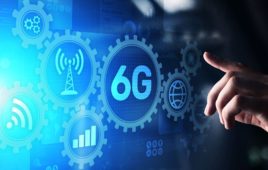Sprint and Qualcomm over the weekend tested demonstrated the second phase of an over-the-air trial of an LTE TDD hyper-dense small cell network at the Phoenix International Raceway.
The companies said the race was an ideal venue to test the technology, as the March Phoenix race hosts a large crowd. Small cells are favored among carrier network planners as a way to increase capacity in dense areas that see a lot of traffic.
As part of the trial, Qualcomm installed 31 small cell base stations in the garage area of the Phoenix International Raceway in order to test density limits, measure network performance capabilities and quantify the potential impact on users’ mobile experiences.
In the Phase 1 trial completed in November of 2013, Qualcomm Technologies showcased UltraSON’s ability to improve wireless data performance and quality of service in hyper-dense small cell networks while significantly reducing signaling load to the network.
In this most recent phase, Qualcomm said it demonstrated significant capacity gains with hyper-dense small cell networks compared to existing large area cellular technology.
Dan Rabinovitsj, senior vice president, Qualcomm Atheros, called the environment at the track a “living lab.”
“This trial of a hyper-dense small cell network allowed us to showcase how our silicon and software solutions, including UltraSONT software, improve the aggregate throughput of a cellular network, and reduce frequent handovers and signaling load to the core network,” Rabinovitsj said.
Iyad Tarazi, vice president of network for Sprint, said small cells will play a critical role in Sprint’s network strategy going forward.




